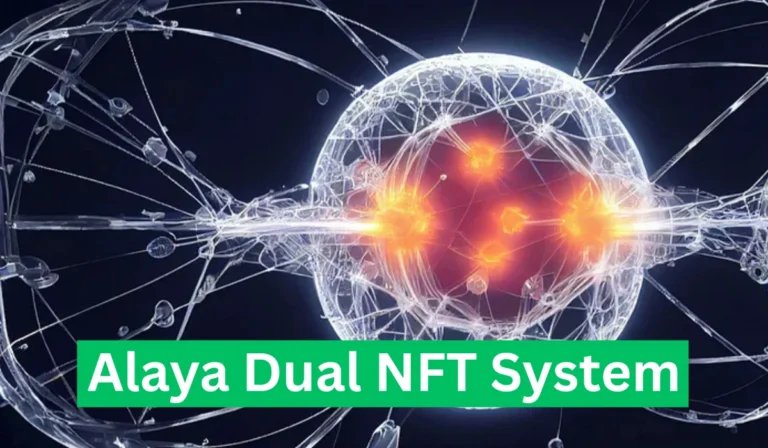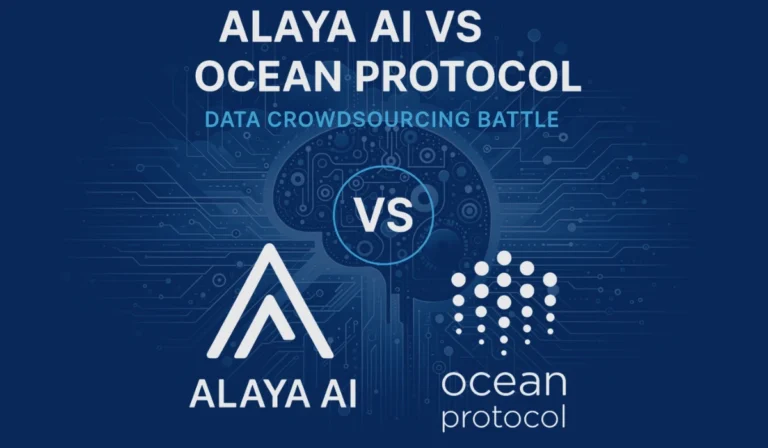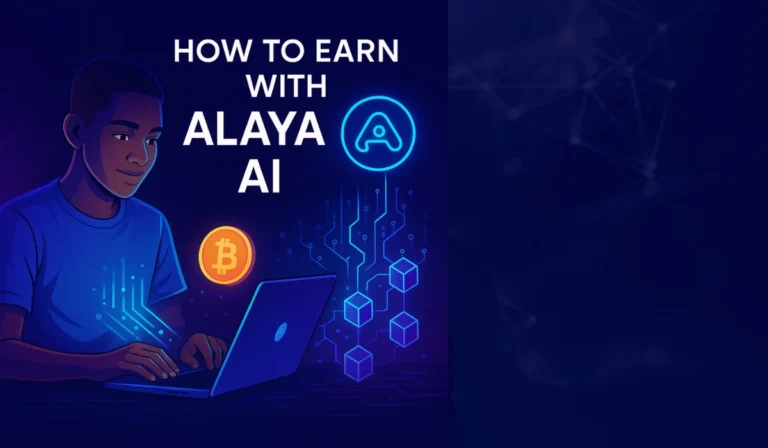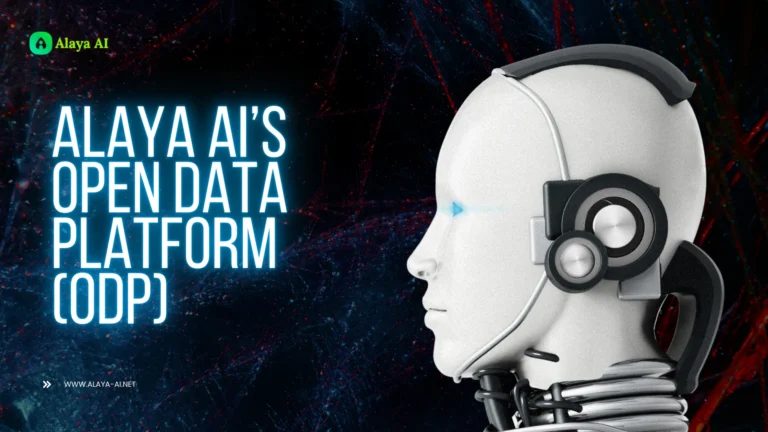What Makes Alaya AI Technology Stand Out in 2025
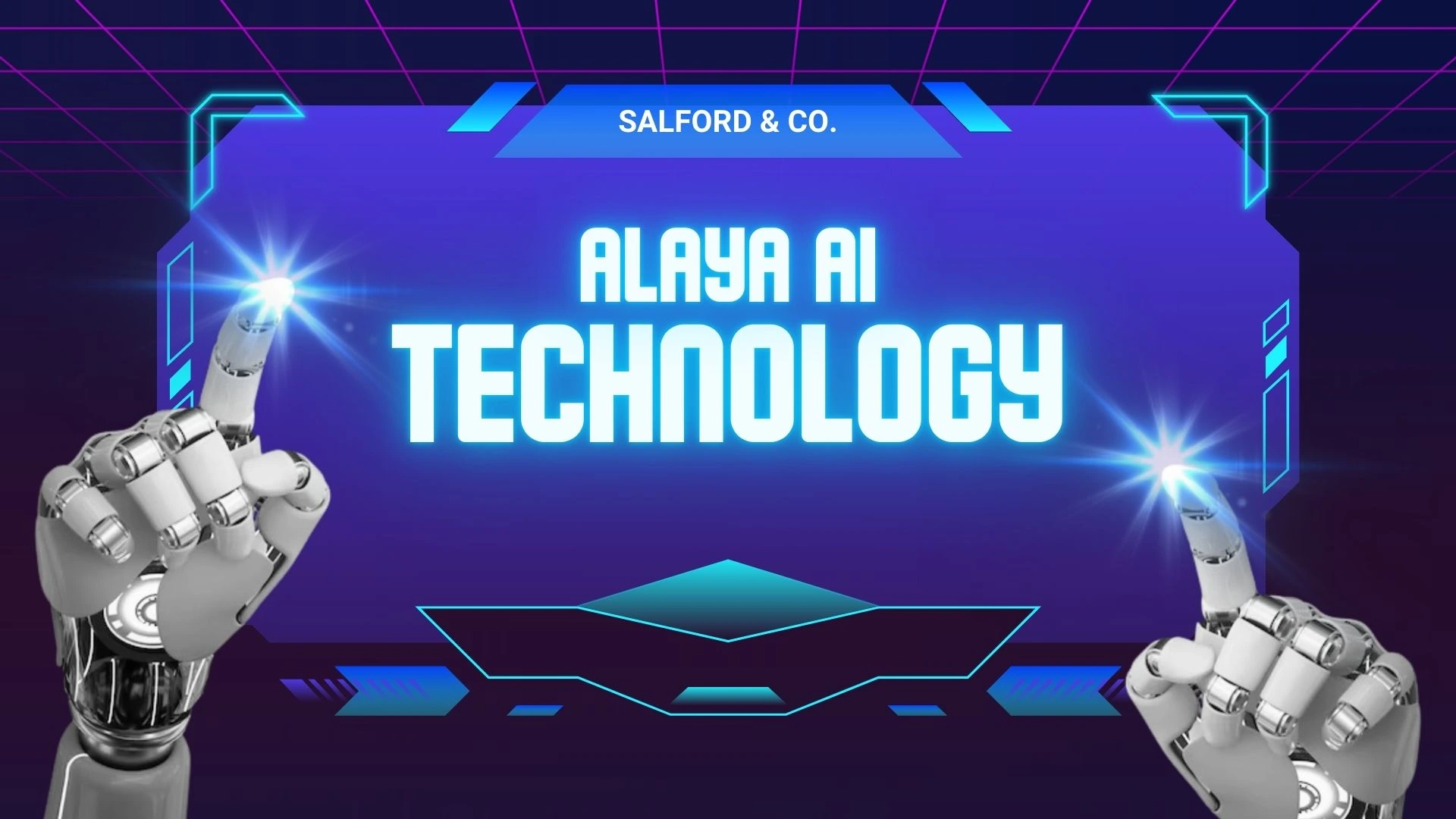
Alaya AI Technology: Alaya AI is a cutting-edge AI technology platform designed to meet the increasing demand for high-quality AI training data with minimal privacy risks. The ALAYA AI system features an innovative three-layer optimization architecture that streamlines the process of data collection, annotation, and model development.
This article will delve into each layer of the ALAYA AI platform, covering how it optimizes data handling and provides superior solutions for both Web2 and Web3 AI applications.
Three-Layer Optimization Architecture
Alaya AI’s optimization architecture is built on three distinct layers that work in tandem to provide robust, scalable, and efficient AI-powered solutions. These layers—Interaction Layer, Optimization Layer, and Intelligent Modelling Layer—enable seamless integration of decentralized AI networks, data collection, and annotation, ensuring high-quality results with minimal intervention.
1: Interaction Layer
The Interaction Layer acts as the user-facing component of the ALAYA AI platform. It connects users, communities, and AI-driven technology through a simple, gamified interface. This layer is accessible through the Google Play app and the browser dApp, offering an intuitive platform where users can engage in AI training data collection.
Users can easily verify their email or connect their wallets to contribute to the data collection process. In exchange for their contributions, users earn a combination of token rewards and NFTs, providing an incentive to continuously improve the AI’s performance. Machine learning with ALAYA AI allows users to experience firsthand the power of AI-driven technology in action.
2: Optimization Layer
The Optimization Layer is responsible for ensuring data sampling is efficient and high-quality. Through Gaussian approximation and Particle Swarm Optimization (PSO) algorithms, the Optimization Layer verifies data quality in real time, ensuring that the data fed into the AI model is accurate and relevant. This layer plays a crucial role in enhancing the sampling efficiency, reducing costs, and minimizing sampling bias.
By leveraging diverse user communities and employing Human-in-the-Loop (HITL)-assisted preprocessing, Alaya AI is able to continuously fine-tune its models for optimal performance. The result is superior data quality at reduced operational costs, making it a powerful tool for both AI applications in business and next-gen AI technology developers.
3: Intelligent Modelling Layer
Manual data labeling is traditionally a labor-intensive and costly process. Alaya AI’s Intelligent Modelling Layer addresses this challenge by automating the labeling process through evolutionary computation and Reinforcement Learning with Human Feedback (RLHF). This dynamic auto-labeling system accelerates the training process, making it more scalable and cost-effective.
By integrating HITL iteration and advanced AI techniques, Alaya AI’s Intelligent Modelling Layer can efficiently handle complex AI training demands. This layer’s infrastructure supports the creation of AI-powered solutions that are both innovative and adaptable for various use cases. Alaya AI technology innovations such as these will play a key role in the future of Alaya AI technology.
Dynamic Visual Data Segmentation and Tracking
Alaya AI’s dynamic visual data segmentation and tracking system offers an enhanced version of the widely-used OpenCV’s Computer Vision Annotation Tool and Meta’s Segment and Track Anything. This system is designed to handle both static image processing and dynamic video analysis, allowing for seamless instance segmentation and object tracking.
The system automatically identifies regions-of-interest (ROIs) in dynamic visual environments and segments scenes accordingly. If these scenes are recorded in continuous video format, the system ensures the tracking and association of the ROIs without the need for extensive human intervention.
This feature is invaluable for applications that require continuous object tracking across multiple frames, significantly reducing the time and effort needed for manual annotation.
As part of its capabilities, ALAYA AI tools are specifically designed to automate and streamline this process, improving efficiency across various industries, from AI in business to AI in automation.
Hardware Specifications for Alaya AI
For optimal performance, ALAYA AI requires robust hardware specifications. The platform includes a backend AI server and a frontend UI web server, both crucial for handling data processing and user interactions. The backend AI server, which is dockerized for flexible deployment, should be deployed on GPU servers for maximum computational efficiency.
Recommended Hardware:
- GPU: Nvidia 3090 or 4090
- CPU: Latest Intel or AMD gaming-grade processors
- RAM: Minimum 32GB of main memory
These hardware components ensure that the platform can handle large-scale AI training data demands without compromising speed or accuracy, making it suitable for AI-driven technology applications across a wide range of industries.
Conclusion
ALAYA AI represents a breakthrough in the AI data space, offering a comprehensive, three-layer architecture that optimizes data collection, annotation, and model training. With its dynamic visual data segmentation system and robust hardware specifications, ALAYA AI is well-positioned to deliver high-quality, scalable AI applications for both Web2 and Web3 applications.
The platform’s integration of innovative algorithms like RLHF, evolutionary computation, and PSO ensures that it remains at the forefront of Alaya AI technology innovations, delivering both efficiency and accuracy in the most cost-effective manner.
By using ALAYA AI, businesses and developers can access a seamless, automated system that helps reduce costs, enhance model performance, and meet the growing demand for high-quality AI data, paving the way for the next-gen Alaya AI technology.

